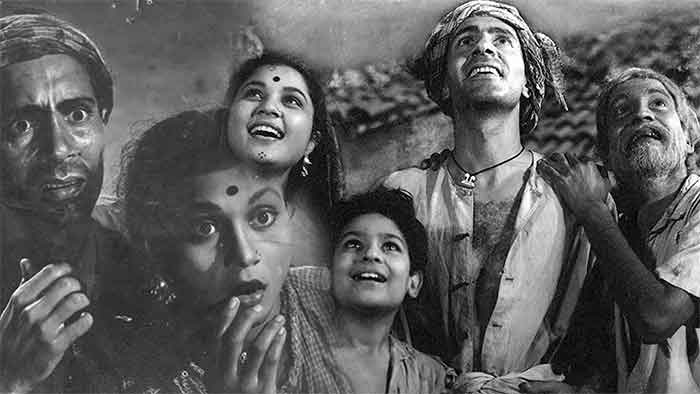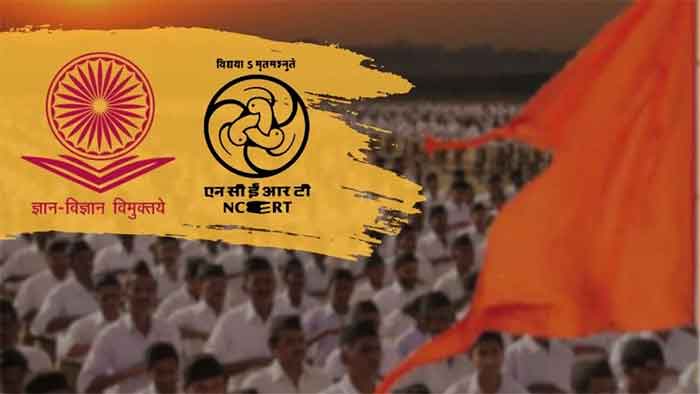
The need for introducing more issues of social relevance in school and college education has been often emphasized, as also the need for improving the ethical content of education. At the same time, the need for making education more interesting and participative for students at all levels is increasingly realized.
All of these on objectives can be advanced by making more frequent and better planned use of some of the most meaningful films that are already available for such use. While the examples given here are mainly from Hindi cinema, of course similar use can be made of films of various other languages in India .Some of these films can be even richer in terms of their educational value compared to what the Hindi cinema has to offer . However the potential of Hindi cinema also appears much richer if we consider more carefully the great treasure of several classic films and also some other films which were called new wave films at one stage. In addition some of the classic films made outside India should also be considered. In some cases entire films can be used, and in some cases some clips from these films , or some song and dance sequences can be used.
While teaching subjects like rural impoverishment, land alienation or migrant labor, Bimal Roy’s Do Bigha Zamin can be very useful. Some sequences in particular can be selected for raising important social questions. While discussing important ethical issues , a film like Hrishikesh Mukherji’s Satyakam can be used as a starting point and some episodes as well as the decisions made by the leading character ( an engineer of uncompromising honesty) can be discussed as students can ponder about what they think of these decisions. If a student says that such idealist life is becoming more difficult now then this can lead to a discussion about why this is so and what can be done about it.
Mehboob’s Mother India can be a very useful film to initiate discussion on difficulties and dilemmas faced by rural women. Lessons on urban poverty, homeless and migrant workers can benefit from exposure to films like Raj Kapoor’s Jaagte Raho and K.A.Abbas’ Shahar Aur Sapna. In fact Jaagte Raho is also very useful for students of mass psychology. Students of sanitation will find Chetan Anand’s Neecha Nagar very revealing and they will find much that is relevant in present context also.
Students of law colleges and even others will find it useful to watch and discuss films which bring out vividly how innocent persons may be implicated in false cases and how it is very important to provide safeguards and to struggle against this. In this context films like B.R.Chopra’s Kanoon and Ittefaq and Govind Nihalini’s Aakrosh can have an important educational role. In this context a very off-beat film , Basu Chatterji’s Ek Ruka Hua Faisla is almost entirely based on a long discussion about the fate of a condemned but innocent person, and there can be further useful and interesting discussion around this discussion in a class.
Medical students on the verge of starting their education may benefit from exposure to films on idealist doctors like Hrishikesh Mukherji’s Anuradha and V. Shantaram’s Dr. Kotnis Ki Amar Kahani.
Management students and others studying how to make best use of meager resources in adverse conditions can find it inspiring to watch and discuss the various episodes in Lagaan. Chak De India is also useful in this context. Both of these films can be used to emphasize the importance of team work in sports schools and in addition of course such films which appeal to teenagers and youth have a more general inspirational role as well.
There are several historical films but teachers will like to be cautious about using several of them in their classroom. The reason is that several of them tend to use legends rather liberally with actual historical events. However some of these films may still have their use in conveying a sense of the period depicted. Of course there are some very authentic films also. For example M.S.Sathyu’s Garm Hawa is a very realistic depiction of the dilemmas faced by minorities around the time of partition.
Some outstanding foreign films are even more useful while teaching world history. Some films of Vittorio de Sica, particularly Bicycle Thieves, Umberto D and Miracle in Milan capture the reality of common people in post-war Italy very well and of course in addition are invaluable also for their deep humanist values. The Grapes of Wrath is priceless for its depiction of uprooted peasants during the years of the great depression. Spartacus captures the reality of the great rebellion of slaves during the Roman Empire.
There are innumerable ways in which these great films can be used in educational work in very creative and useful ways. Much of this potential has not been tapped yet . More remains to be done than what has been achieved so far.
Bharat Dogra is a journalist and author . His recent books include When the Two Streams Met ( freedom movement ) and Protecting Earth for Children.
GET COUNTERCURRENTS DAILY NEWSLETTER STRAIGHT TO YOUR INBOX

















































